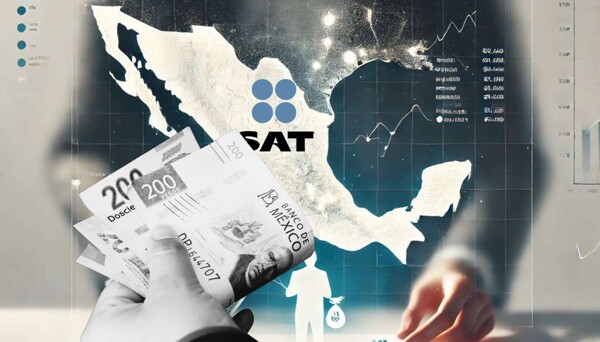
The Mexican economy is threatened by tariffs imposed by the United States, amounting to 83% of GDP, an alarming figure. President Trump announced the imposition of new tariffs in response to the situation. One third of U.S. exports go to Mexico and Canada, while more than 28% of imports come from these countries. Since the signing of NAFTA, Mexico has become an exporting country.
According to José María Rivas Pérez, the tariffs imposed by Trump caused declines in global markets. Despite this, President Sheinbaum mentioned that, thanks to the USMCA, the applicable reciprocity would be 0%. The structure of the Mexican GDP is distributed as 70% consumption, 11% government spending, and 25% investment, with a negative balance of 7% in net exports.
On March 6, it was agreed between the presidents of the U.S. and Mexico to postpone the implementation of tariffs until 2025. If a 25% tariff were imposed on all Mexican products, States such as Querétaro, Nuevo León, and Baja California would suffer a significant impact. These measures are expected to generate inflationary pressures in the U.S. market, especially in sectors such as basic products, consumer goods, and automobiles.
As a result of this situation, China and Canada have also announced countermeasures against the U.S., implementing similar tariffs. Mexican exports to the U.S. are diverse, including cars, computers, oil, electrical equipment, among others. There is an urgency to implement a plan to strengthen the internal market and diversify exports to reduce dependence on a single customer.














